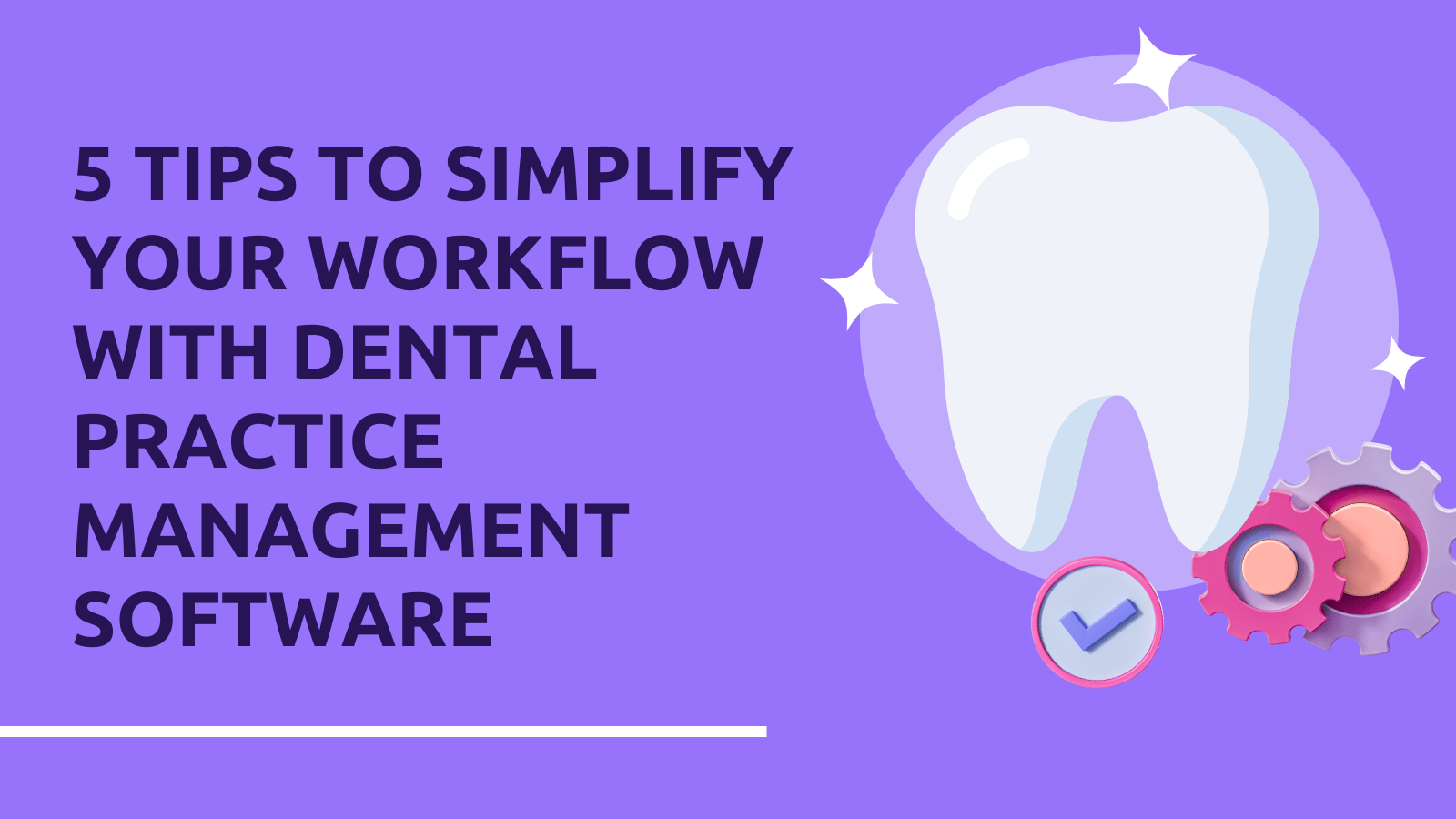Running a dental clinic isn’t just about teeth.
It’s managing queues. Following up with patients who missed their slot. Digging through forms. Flipping between tabs and spreadsheets.
And while some of this comes with the territory, a lot of it doesn’t have to. With the right tools in place, many practices are finding they can simplify things, without overhauling everything all at once.
Many practices are finding they can simplify things – especially with the momentum behind India’s digital health mission.
Here are a few ways to reduce the daily admin load and bring a bit more calm to the chaos.
1. Ditch the paper, start with digital forms
Paper forms are still common in many clinics, but they’re far from efficient. Patients fill them out in a rush. Receptionists spend time reading messy handwriting. Someone else has to file or scan the whole pile.
Switching to online patient forms is an easy win. Patients can complete them ahead of time from their phone. Details can be reviewed before the appointment. And there’s less room for error.
If you’re aiming to create a truly modern, paperless dental clinic, this is one of the first steps that makes a noticeable difference.
If you’re collecting patient data, it’s worth reviewing data protection best practices to stay compliant.
2. Automate reminders and reduce no-shows
No-shows can throw off your entire day. Calling patients manually to confirm appointments isn’t sustainable, and it often doesn’t work anyway.
Instead, use an automated reminder system as part of your broader dental practice management software setup. With the right tool, you can schedule SMS or WhatsApp reminders that go out automatically. Patients can confirm, cancel or reschedule with just a tap – no manual work needed from your team.
Some clinics report that this single change has reduced missed appointments significantly. It’s not a magic fix, but it’s close.
Set up automated reminders through WhatsApp Business, a tool most patients are already comfortable using.
3. Choose dental practice management software that fits
This might seem obvious, but it’s where many clinics get stuck. You’re using three different systems. Or worse, still managing appointments in a paper diary and billing on Excel.
The right dental practice management software can bring everything into one place: patient records, scheduling, billing, treatment history, digital prescriptions – all linked together. Ideally, it also integrates with your website and any tools you’re already using.
But not all systems are created equal. If yours is clunky, slow, or too complicated to actually use, it might be time to switch. Look for practice management software for dentists that’s intuitive and purpose-built for clinics in India.
Many newer platforms are simpler, more flexible and actually helpful in day to day tasks, not just in theory.
4. Let your website do more of the work
A modern website should do more than just list your clinic’s address and opening times. It should support your workflow.
You can embed appointment booking forms, offer treatment information, publish post-procedure care guides and answer common patient questions, all before someone even calls. It’s surprising how much time this can save.
When paired with your practice management software for dentists, a good website becomes part of the system, not just an add-on. It improves the patient experience and gives your team fewer repetitive tasks.
If you’re unsure what should be included on your clinic site, check any local compliance guidance from bodies like the Dental Council of India.
5. Make sure your tools integrate
This one’s easily missed. You’ve found a booking tool you like. A payment system that works. A nice form builder. But if none of them connect, you’ll spend more time copying and pasting than actually managing the practice.
That’s why choosing a dental practice management software that plays well with other tools is essential. Whether that’s syncing calendars, linking to your patient form system, or integrating with your website, these connections save hours over the course of a month.
We’ve heard stories from receptionists juggling three or more systems just to book a patient in. That’s not sustainable. You need systems that talk to each other.
Final thoughts
Streamlining your workflow isn’t about adding more technology for the sake of it. It’s about using tools that genuinely help, tools that save time, reduce repetition and make the day run just a bit smoother.
If you’re just starting to explore practice management software for dentists, take your time. Try demos. Ask how they’ll fit with what you already use. And begin with one or two changes, not ten.
Sometimes, it’s as simple as replacing the paper form at the front desk with something digital. That small step can be the start of something much more manageable.
If you want more information about how our dental solution could help your clinic, take a look.
FAQ’s
1. What is dental practice management software?
Dental practice management software is a digital tool that helps clinics handle daily operations like scheduling, patient records, billing and reminders in one central system. It reduces paperwork and improves efficiency.
2. How can practice management software for dentists save time?
By automating repetitive tasks such as appointment confirmations, patient reminders and form collection, practice management software for dentists frees up staff time and reduces administrative workload.
3. Is dental practice management software expensive?
Costs vary depending on features and providers. Many options in India offer flexible pricing, so smaller clinics can choose essential features without paying for unnecessary extras.
4. Can this software integrate with my clinic website?
Yes, many modern systems allow integration with your clinic website. This lets patients book appointments, fill in forms and access treatment information online, reducing phone calls and reception queues.
5. How do I choose the right practice management software for dentists?
Look for software that matches your clinic’s size, is easy to use and integrates with your existing tools. Request demos, compare features and consider local support availability before committing.
